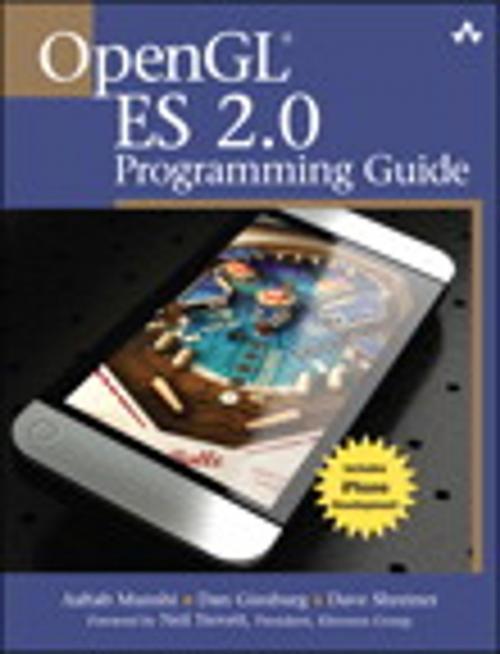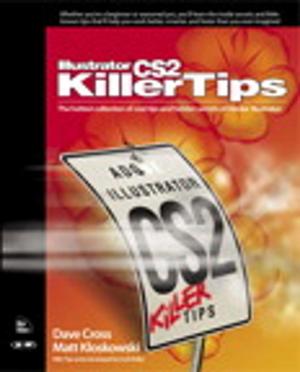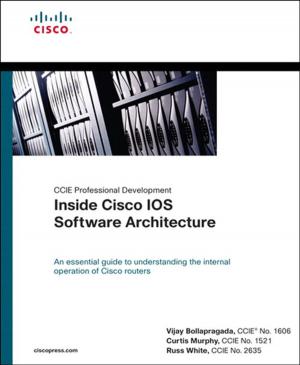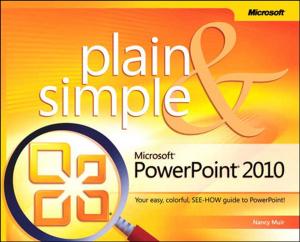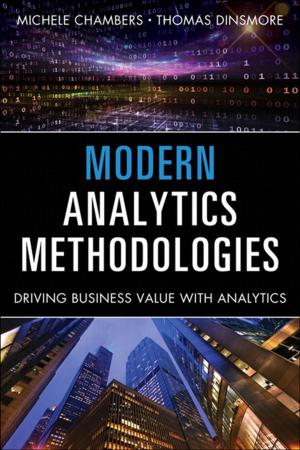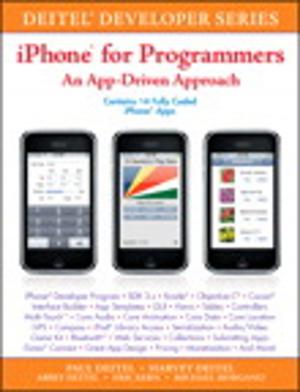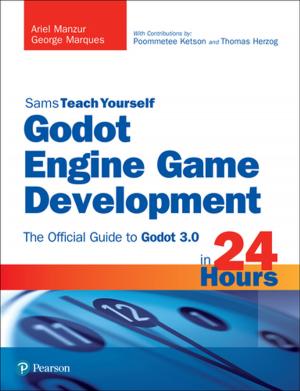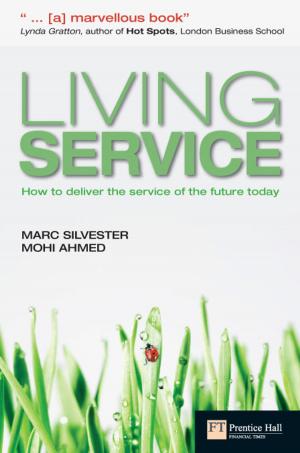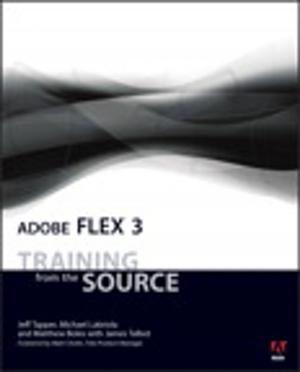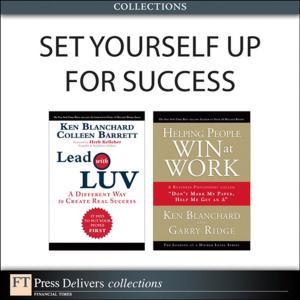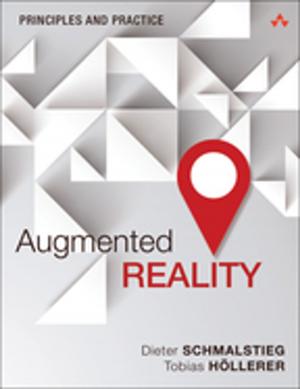| Author: | Aaftab Munshi, Dan Ginsburg, Dave Shreiner | ISBN: | 9780132701792 |
| Publisher: | Pearson Education | Publication: | July 24, 2008 |
| Imprint: | Addison-Wesley Professional | Language: | English |
| Author: | Aaftab Munshi, Dan Ginsburg, Dave Shreiner |
| ISBN: | 9780132701792 |
| Publisher: | Pearson Education |
| Publication: | July 24, 2008 |
| Imprint: | Addison-Wesley Professional |
| Language: | English |
OpenGL ES 2.0 is the industry’s leading software interface and graphics library for rendering sophisticated 3D graphics on handheld and embedded devices. With OpenGL ES 2.0, the full programmability of shaders is now available on small and portable devices—including cell phones, PDAs, consoles, appliances, and vehicles. However, OpenGL ES differs significantly from OpenGL. Graphics programmers and mobile developers have had very little information about it—until now.
In the OpenGL® ES 2.0 Programming Guide , three leading authorities on the Open GL ES 2.0 interface—including the specification’s editor—provide start-to-finish guidance for maximizing the interface’s value in a wide range of high-performance applications. The authors cover the entire API, including Khronos-ratified extensions. Using detailed C-based code examples, they demonstrate how to set up and program every aspect of the graphics pipeline. You’ll move from introductory techniques all the way to advanced per-pixel lighting, particle systems, and performance optimization.
Coverage includes:
In the OpenGL® ES 2.0 Programming Guide , three leading authorities on the Open GL ES 2.0 interface—including the specification’s editor—provide start-to-finish guidance for maximizing the interface’s value in a wide range of high-performance applications. The authors cover the entire API, including Khronos-ratified extensions. Using detailed C-based code examples, they demonstrate how to set up and program every aspect of the graphics pipeline. You’ll move from introductory techniques all the way to advanced per-pixel lighting, particle systems, and performance optimization.
Coverage includes:
- Shaders in depth: creating shader objects, compiling shaders, checking for compile errors, attaching shader objects to program objects, and linking final program objects
- The OpenGL ES Shading Language: variables, types, constructors, structures, arrays, attributes, uniforms, varyings, precision qualifiers, and invariance
- Inputting geometry into the graphics pipeline, and assembling geometry into primitives
- Vertex shaders, their special variables, and their use in per-vertex lighting, skinning, and other applications
- Using fragment shaders—including examples of multitexturing, fog, alpha test, and user clip planes
- Fragment operations: scissor test, stencil test, depth test, multisampling, blending, and dithering
- Advanced rendering: per-pixel lighting with normal maps, environment mapping, particle systems, image post-processing, and projective texturing
- Real-world programming challenges: platform diversity, C++ portability, OpenKODE, and platform-specific shader binaries
OpenGL ES 2.0 is the industry’s leading software interface and graphics library for rendering sophisticated 3D graphics on handheld and embedded devices. With OpenGL ES 2.0, the full programmability of shaders is now available on small and portable devices—including cell phones, PDAs, consoles, appliances, and vehicles. However, OpenGL ES differs significantly from OpenGL. Graphics programmers and mobile developers have had very little information about it—until now.
In the OpenGL® ES 2.0 Programming Guide , three leading authorities on the Open GL ES 2.0 interface—including the specification’s editor—provide start-to-finish guidance for maximizing the interface’s value in a wide range of high-performance applications. The authors cover the entire API, including Khronos-ratified extensions. Using detailed C-based code examples, they demonstrate how to set up and program every aspect of the graphics pipeline. You’ll move from introductory techniques all the way to advanced per-pixel lighting, particle systems, and performance optimization.
Coverage includes:
In the OpenGL® ES 2.0 Programming Guide , three leading authorities on the Open GL ES 2.0 interface—including the specification’s editor—provide start-to-finish guidance for maximizing the interface’s value in a wide range of high-performance applications. The authors cover the entire API, including Khronos-ratified extensions. Using detailed C-based code examples, they demonstrate how to set up and program every aspect of the graphics pipeline. You’ll move from introductory techniques all the way to advanced per-pixel lighting, particle systems, and performance optimization.
Coverage includes:
- Shaders in depth: creating shader objects, compiling shaders, checking for compile errors, attaching shader objects to program objects, and linking final program objects
- The OpenGL ES Shading Language: variables, types, constructors, structures, arrays, attributes, uniforms, varyings, precision qualifiers, and invariance
- Inputting geometry into the graphics pipeline, and assembling geometry into primitives
- Vertex shaders, their special variables, and their use in per-vertex lighting, skinning, and other applications
- Using fragment shaders—including examples of multitexturing, fog, alpha test, and user clip planes
- Fragment operations: scissor test, stencil test, depth test, multisampling, blending, and dithering
- Advanced rendering: per-pixel lighting with normal maps, environment mapping, particle systems, image post-processing, and projective texturing
- Real-world programming challenges: platform diversity, C++ portability, OpenKODE, and platform-specific shader binaries
